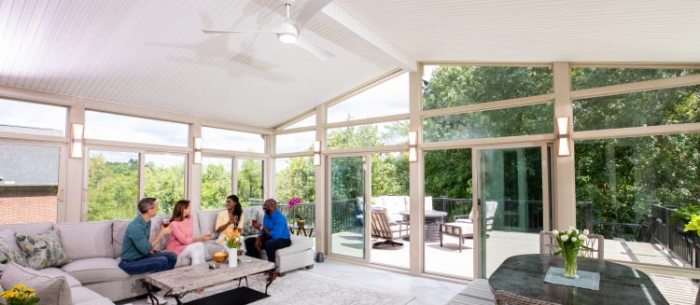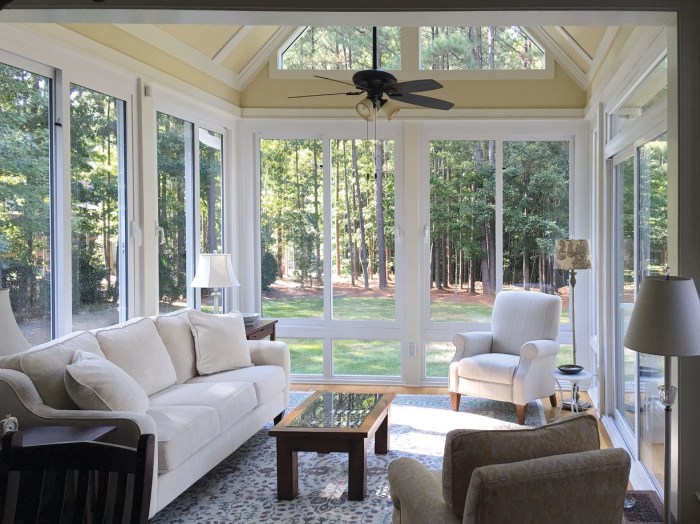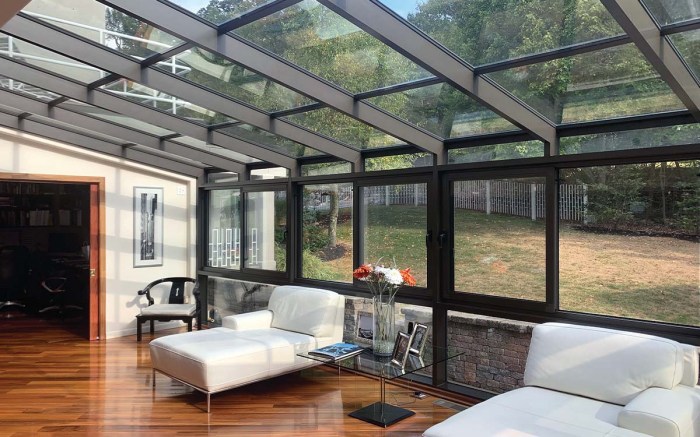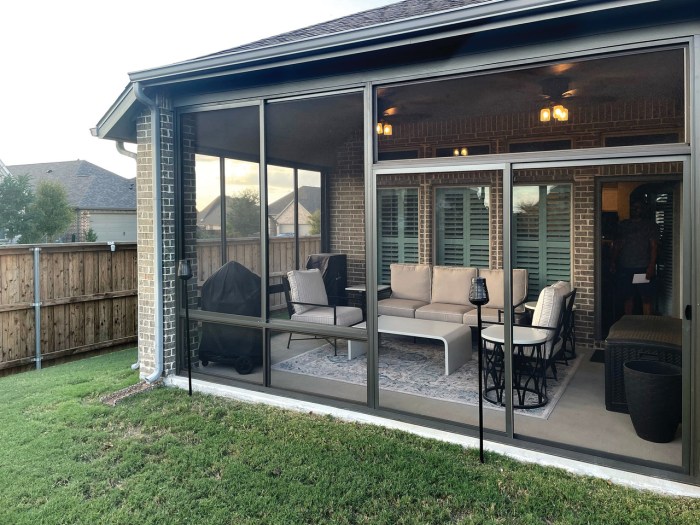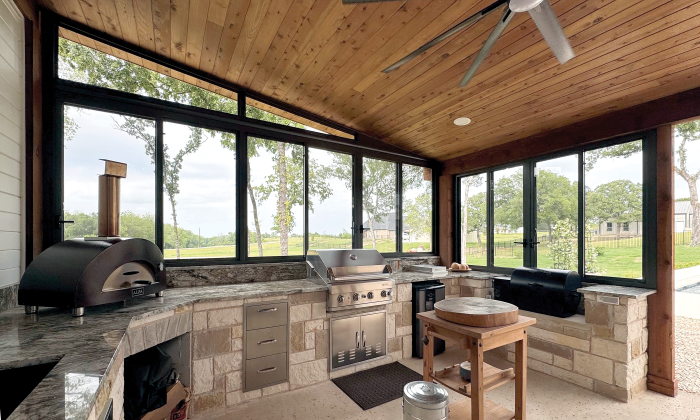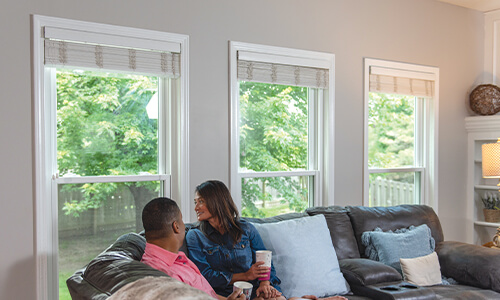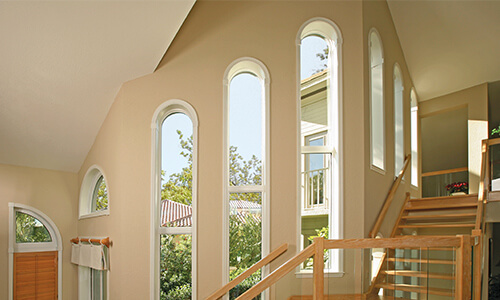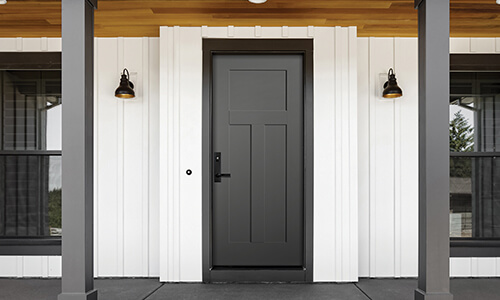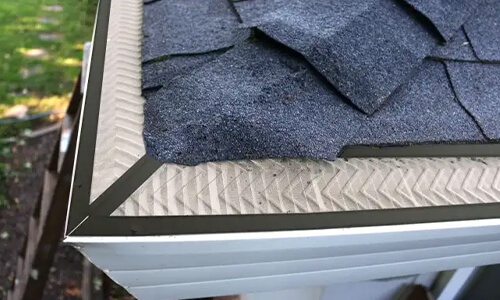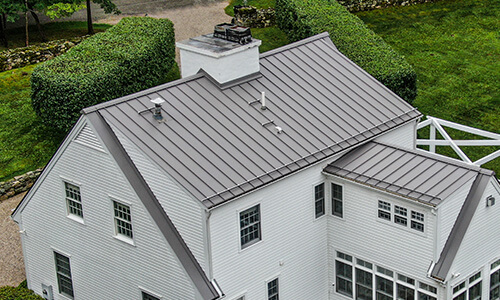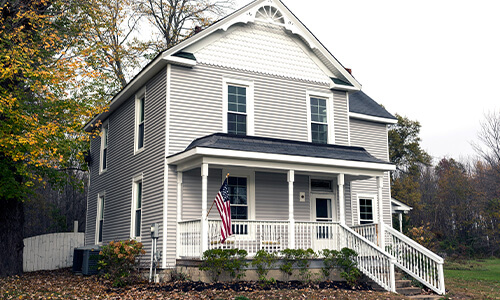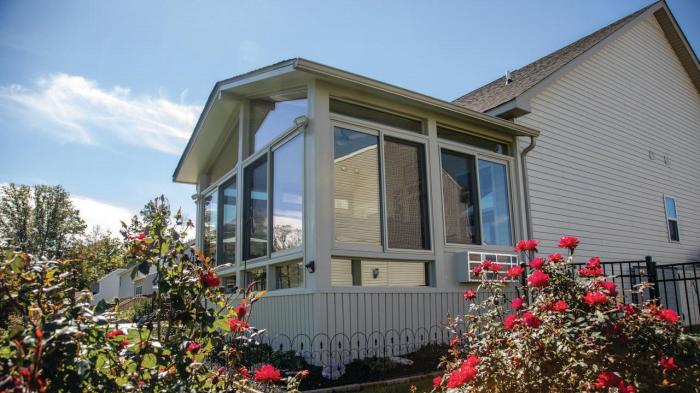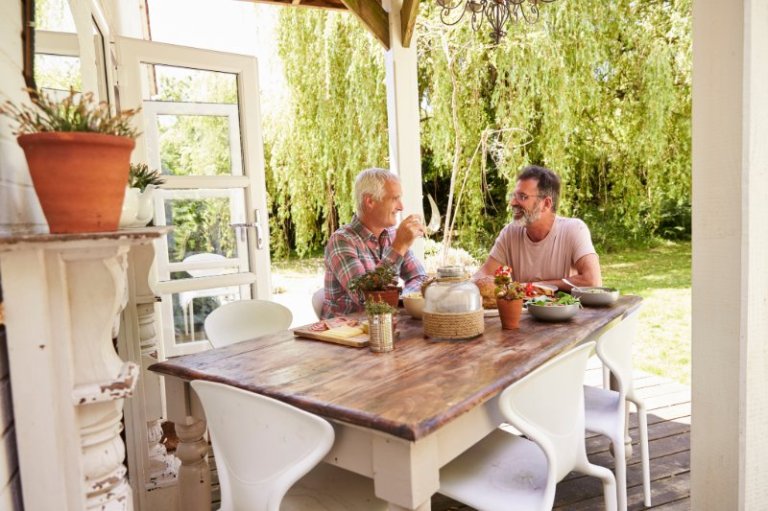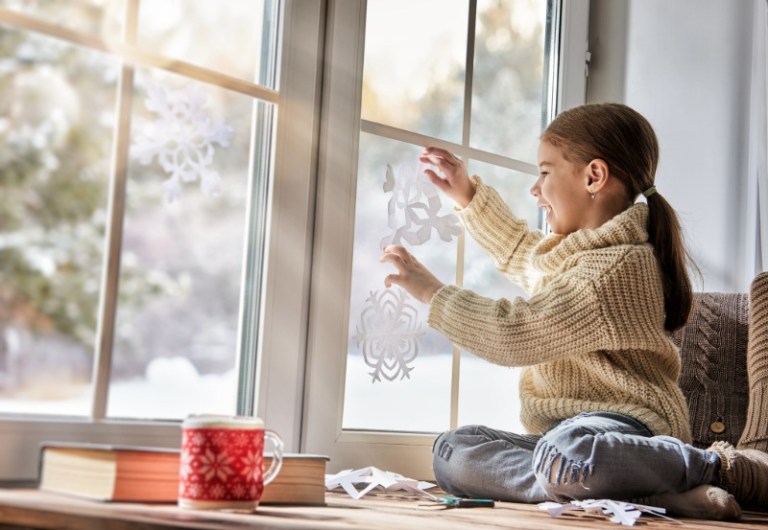The long, lazy days of summer have a way of turning into a crisp autumn, then frigid winter quite quickly. If your house isn’t winterized—that is, well prepared against the onslaught of winter weather—then costly problems and damage can ensue.
Think of winterizing your home in terms of being proactive versus reactive; or, if you’re a sports fan, think of playing offense rather than defense. The goal is to inspect your home and make necessary fixes before they turn into bigger and potentially more expensive problems.
Why Fall Is the Best Time to Winterize Your Home
Don’t let the “winter” part of winterize fool you. Protecting your home from the foul weather season is a task for autumn, when there’s still time to fix or replace things around your home well before the temperature plummets. It’s always a good idea to buy supplies or hire contractors before demand soars for both, so create a fall home maintenance checklist even while the mercury is still high.
Exterior Maintenance Tasks to Prioritize
Exterior maintenance projects during the spring and summer might be all about curb appeal, but during the fall and winter, it’s all about ensuring your home is protected from letting the outside get in. Here are some tasks to prioritize on your winter preparedness checklist for home.
Clean and Inspect Gutters & Downspouts
Gutters and downspouts should be clear of leaves, mud, and debris at all times so that there’s a clear path for rainwater and melting snow to run off from your home. Experienced DIYers can do this with a sturdy ladder and an eye toward safety, but hiring a professional from a trusted home improvement company to clean your gutters or install gutter guards is well worth the money. Some gutter systems, like Leafguard, come with clog-free guarantees that would take this chore off your seasonal to-do list for good.
Check Roofing, Siding, and Flashing for Damage
A leaky roof is never fun in any season, least of all when winter storms come blowing through. Walk the perimeter of your home and do a visual inspection from the ground to see if there is any damage, such as cracked or sagging siding, missing shingles, or lifting of the roof flashing. A ladder will help you view your roof more closely, but ensure your safety before attempting any task that’s better left to the pros.
Inspect Windows and Doors for Drafts
Inspect each window and door in your home and add weatherstripping or caulking as necessary to seal up gaps and cracks. A doorsweep can also prevent drafts from coming in and warm air from escaping during the winter, saving money on energy bills.
Prep Outdoor Spaces, Furniture, and Fixtures
Unless the climate in your region permits you to use your outdoor space all year round, you’ll want to winterize your outdoor space, too. Your task list will vary depending on the size of your yard and the items in it, but here are some general to-dos for your fall home maintenance checklist:
- Close your pool after swim season is over.
- Shut off outside water sources, including faucets and sprinklers, to prevent frozen pipes
- Store yard and garden tools and equipment in the shed or garage.
- Cover and secure outdoor furniture and cushions.
- Trim any foliage hanging over the roof, windows, or power lines—you might want to call a pro for the latter—to avoid damage to your home during storms.
See how our projects stand up to winter. Browse our gallery for fall-to-winter transformations.
Small Interior Tasks With a Big Payoff Later
The good news is that some of the tasks on your home winterizing list are quite easy to do. But that doesn’t mean they should be skipped. The old adage, “An ounce of prevention is worth a pound of cure,” applies quite well to learning how to winterize your home.
Schedule an HVAC Inspection
An annual checkup of your HVAC by a pro is a must to ensure that everything is working well before you need it to switch on your heat for the first time. But you can and should do an inspection of your own. Simply turn on the heat to ensure the HVAC is cycling properly and that warm air is coming out of all the vents. If your heat isn’t turning on, call a pro now to get it fixed before the cold season.
Check on Attic Insulation and Ventilation
Hot air rises and will continue to do so right up and out of your house if there are gaps or cracks in your attic insulation. Replacing or adding additional insulation now will conserve energy and money later, so do it before winter arrives.
Reverse the Direction of Ceiling Fan Blades
Did you know that it matters which way your ceiling blades rotate? Take a look up: In the summer, you’ll want them rotating counterclockwise to create a cool breeze. You can also keep them spinning in the winter, as long as you switch them to spin clockwise so that they catch and distribute warm air as it rises. Most modern fans have a switch that you can flip to change the direction of the blades. It’s an easy DIY task–just make sure the fan is not in motion when you do it.
Test Thermostat Settings
This goes for whether you have a manual thermostat or a smart one. Although personal preference matters, the Department of Energy suggests aiming for between 68 and 70 degrees when you’re home, then lowering the temperature seven to 10 degrees when you’re asleep or away. These on/off heating cycles could save you up to 10% on energy bills.
When It’s Time to Call in the Pros for Winterizing
While many winterizing tasks are DIY-friendly, some are better left to the pros for repair and installation before winter arrives.
Replacing Old Windows or Doors
Old windows and doors let in enough drafts to make you wonder why they’re even there in the first place should be fixed before winter or, even better, replaced with newer, more energy-efficient models. New weatherstripping and doorsweeps are a good temporary fix, but you’ll eventually see the cost savings on your energy bills when you install new windows and doors.
Check Roofing for Damage
Unless you are a roofing professional, refrain from climbing onto your roof unassisted. While it’s always a good idea to have the roof inspected for loose shingles or damaged flashing, it’s an even better idea to hire an experienced roofing contractor to do the repair work safely before the first winter storm.
Cleaning and/or Replacing Gutters Before Snowfall
Cleaning your gutters might not be the most exciting home task, but doing so can save you from plenty of drama later on. They’ll need to be fully functional so that they can effectively catch and redirect rain and melting snow throughout the cold season. If you can climb a ladder safely to remove dead leaves and debris that accumulated there in autumn, do it sooner rather than later; otherwise, call a reputable pro to do the job for you. Consider installing clutter-free gutter guards like the ones from Leafguard that make this task even easier.
Winterizing your home doesn’t have to be such a chore when you start early. By identifying necessary repairs now, you can save yourself time and money later when the cold weather actually arrives. The team at Great Day Improvements is here to guide you every step of the way so that you have a warm and cozy house all winter long.
Need help sealing things up for winter? Request a free quote and let’s prep your home before cold weather hits.
Frequently Asked Questions
When should I start preparing my home for winter?
You’ll ideally want to beat the first frost, so do it as soon as possible in the fall. You’ll be glad you gave yourself enough time to make any necessary repairs while the weather is still mild.
What tasks should I prioritize?
Inspecting doors and windows for drafts will have the most impact on keeping your home cozy and warm during the winter months. Apply weatherstripping and seal up any cracks and gaps as necessary and you’ll notice a difference this winter. Clean gutters is also a must for keeping rain and snow from seeping into your home’s exterior.
Can I save money by winterizing my home?
Yes, you’ll save on energy costs when your home is well protected and insulated because you’ll be keeping all the warm air in while the cold air is kept outside where it belongs.
Is it better to hire a professional, or can I DIY it?
DIYers can certainly do some of the things on a winterizing task list. But if you don’t have the time or the ability to tackle the larger ones, it’s better to call in a pro to do it for you. Consider it an investment in your home, which could very well save you money down the road by avoiding larger problems in the dead of winter.






















